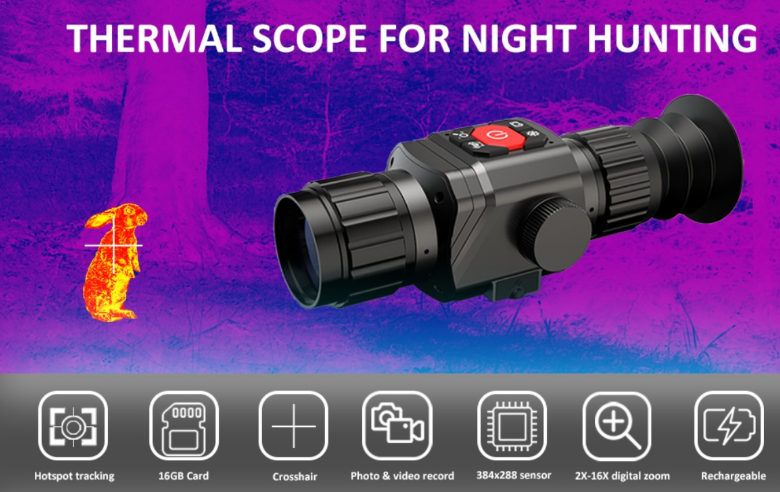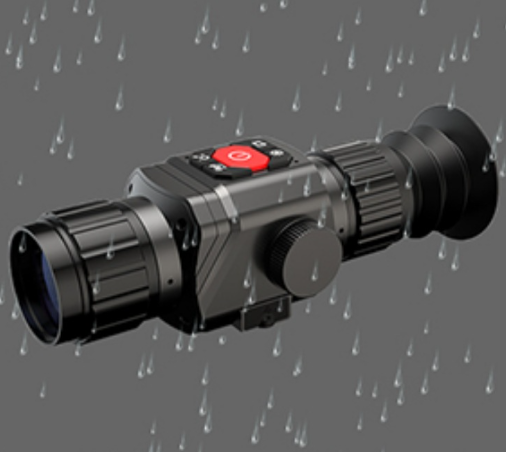In real life, the light that people can see with their naked eyes is called visible light. However, in addition to the visible light images we are familiar with, there is another image that we cannot see with our naked eyes, which is called infrared thermal radiation image. It emits infrared light that is invisible to our naked eyes, which is an invisible light. With the rapid development of modern technology, what we could not do in the past can be achieved in today's high-tech world. The thermal imager is the product of modern technology. Through a technology called "red thermal external imaging", it can convert invisible light images into visible light images, allowing us to feel a different world.

There are many types of thermal imagers, and each one has a different function. Today I want to introduce its hunting application to you. When it comes to hunting with thermal imagers, you may not understand it. Can the equipment be used for hunting? This statement is too exaggerated. In fact, it is not an exaggeration at all. This application has existed in people's lives for a long time, but due to the specificity of its application field, most people cannot access this type of application, so they lack understanding of it. Next, I will give you two examples to help you deepen your understanding of it.

Thermal imaging scope
Thermal imaging hunting is actually the application of its thermal radiation sensing. Aim the thermal imager at an object, and it can detect the temperature of all parts of the object. As we all know, human blood has temperature, and blood flows continuously in the body, so the thermal imager can sense the temperature changes of various parts of the human body. In the war, soldiers widely used this equipment. When fighting at night, they used it to scan the surroundings, and used its blood sensing to detect the exact position of the enemy to help soldiers fight. In addition, since the thermal imager has no other receiving system, it has sufficient confidentiality and security during combat, and will not be detected by the enemy. While ensuring the safety of the soldiers themselves, it also ensures the success of the operation.
Hunting system:
1. The state protects wild animals and their living environment, and prohibits any unit or individual from illegally hunting or destroying them.
2. It is prohibited to hunt or kill wild animals that are key protected by the state. If it is necessary to capture or catch first-class protected wild animals for scientific research, domestication and breeding, exhibition or other special circumstances, a special hunting license must be applied for from the wildlife administrative department of the State Council; if it is necessary to hunt second-class protected wild animals, a special hunting license must be applied for from the wildlife administrative department of the provincial, autonomous region or municipal government.
3. If you hunt non-nationally protected wild animals, you must obtain a hunting license and obey the hunting quota management.
4. If you hunt with a gun, you must obtain a gun license issued by the county or city public security agency.
5. Hunters shall hunt in accordance with the species, quantity, location and period specified in the special hunting license and hunting license.
6. Hunting and other activities that hinder the survival and reproduction of wild animals are prohibited in nature reserves, hunting prohibited areas and hunting prohibited periods.
7. It is prohibited to use military weapons, poisons and explosives for hunting.
8. It is prohibited to forge, resell or transfer special hunting licenses, hunting licenses, domestication and breeding licenses and import and export permits.
9. If the hunting of wild animals causes agricultural crops or other losses, the hunter shall be responsible for compensation.
10. If anyone illegally kills wild animals under state protection, he shall be held criminally liable in accordance with the supplementary provisions on the punishment of the crime of killing precious and endangered wild animals under state protection.


